Access to reliable electricity, water and sanitation, roads and other infrastructure is critical to growing businesses, creating jobs and improving living conditions. Yet, for so many people in the developing world, the availability of dependable infrastructure services is limited or non-existent.
Consider sub-Saharan Africa, where more than 69 percent of the population still lacks access to electricity. Sustained economic growth in this region, now home to seven of the world’s 10 fastest growing economies, depends on the availability of reliable power to grow businesses and markets. In many African countries, a number of analyses suggest that the lack of access to a dependable power source may be an even greater constraint to doing business than lack of access to finance.
The availability of power brings with it the creation of new businesses that rely on it, such as construction, medical clinics, food processing facilities, vehicle repair shops and manufacturing, with accompanying income-earning opportunities. Increased reliability of power means greater profits as businesses do not have to shut down due to outages or resort to more costly diesel generators. It also means that businesses can use more productive power-driven equipment, can stay open beyond daylight hours, and will enjoy better access to modern communications networks.
USAID finances about $2 billion in infrastructure projects each year. Most of these projects are in countries recovering from conflict or natural disasters such as Afghanistan, Pakistan and Haiti. While $2 billion appears to be a considerable amount of money, USAID’s contribution to infrastructure improvement in the developing world is miniscule compared to overall needs. In the power sector in Africa alone, the International Energy Agency estimates that an investment of $300 billion by the private sector and governments is needed by 2030 to achieve universal electricity access.
To make its scarce resources more effective, USAID is employing its new development model: one that partners with the private sector to use innovation, science and technology to better achieve impact and scale.
We are working to pool the resources of other U.S. Government agencies, other donors and the private sector to address infrastructure needs. Engaging the private sector as a partner in infrastructure development activities is absolutely critical given the amount of resources required. And it represents a more strategic and smarter approach that engages capital markets to support long-term, sustainable solutions to infrastructure needs.
Bringing the Internet to Refugees
A good example is the president’s new Power Africa initiative, announced in June 2013, aimed at doubling access to energy in sub-Saharan Africa by connecting investors to viable, sustainable projects. Since June, the U.S. Government’s commitment of $7 billion in resources and loan guarantees has already leveraged $14.5 billion in commitments from private sector companies like GE, Standard Bank and other financial institutions and energy companies. Successful efforts are already underway in countries such as Ethiopia where we are exploring the use of geothermal resources in partnership with the Ethiopian Government and private sector investors.
We are significantly expanding the use of science, technology and innovative business models to address infrastructure problems. Last December, USAID announced the winners of its Powering Agriculture Grand Challenge for Development competition. The purpose of this Grand Challenge is to support innovative projects that integrate clean energy technologies into the agriculture sectors of developing countries and help farmers increase production and value of agricultural goods. These technologies focus on improving power sources for irrigation, on-farm mechanization, agro-processing and cold storage—all while bolstering low-carbon economic growth.
We are also looking at ways to expand access to high-speed broadband Internet services and to use the Internet to make infrastructure services more efficient. In the Dadaab refugee camp in Somalia, for example, USAID is working with others to provide access to high-speed Internet. This new Internet network is not only providing refugees with access to educational opportunities and hope for a better life, but also increasing the efficiency of aid agencies working in the camp. And in countries like Mongolia, USAID has helped local power authorities use the Internet to make it easier and less costly for families and businesses to gain access to electricity.
We are testing innovative business models in the energy and infrastructure sectors, such as the use of USAID’s Development Credit Authority (DCA) to guarantee loans by local banks in the power and water sectors. In some cases, banks in the developing world are reluctant to lend in these sectors because of perceived risk. A DCA guarantee program with K-Rep Bank in Kenya provided water connections to 30,000 people between 2009 and 2013.
USAID’s four-year, $5.6 million Renewable Energy Microfinance and Microenterprise Program in Uganda, India and Haiti is another example of how USAID is employing innovative financing models to help low-income people obtain clean energy products that improve their incomes and quality of life. Companies that finance or sell small renewable energy devices, such as solar lanterns and clean cookstoves, are also supported. One ground-breaking model in India is a low-cost revolving credit facility for microfinance institutions engaged in energy lending that raises funds by crowd-sourcing online with matching funds from USAID.
Finally, USAID places emphasis on ensuring that infrastructure investments are long-lasting and sustainable from a financial, environmental and social standpoint. USAID efforts to commercialize the power system in Kabul, Afghanistan, from 2009 to 2012 have improved financial sustainability by increasing cost recovery by 20 percent. In Colombia, USAID is working in remote indigenous communities to develop renewable energy systems using available natural resources—wind, sun and water. Emphasis is placed on developing community ownership of these systems to ensure their efficient operation after USAID support ends.
And USAID’s climate change efforts are helping governments make better planning decisions and take actions to protect communities and critical infrastructure with tools that help predict the effects of climate change.
In our search to find solutions to energy and other infrastructure challenges in the developing world, we will continue to place emphasis on innovation and partnerships. By leveraging the ideas, experience and assets of the private sector, we will be able to achieve more effective and sustainable development impact.







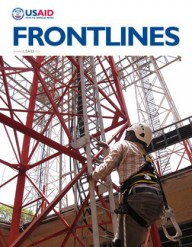

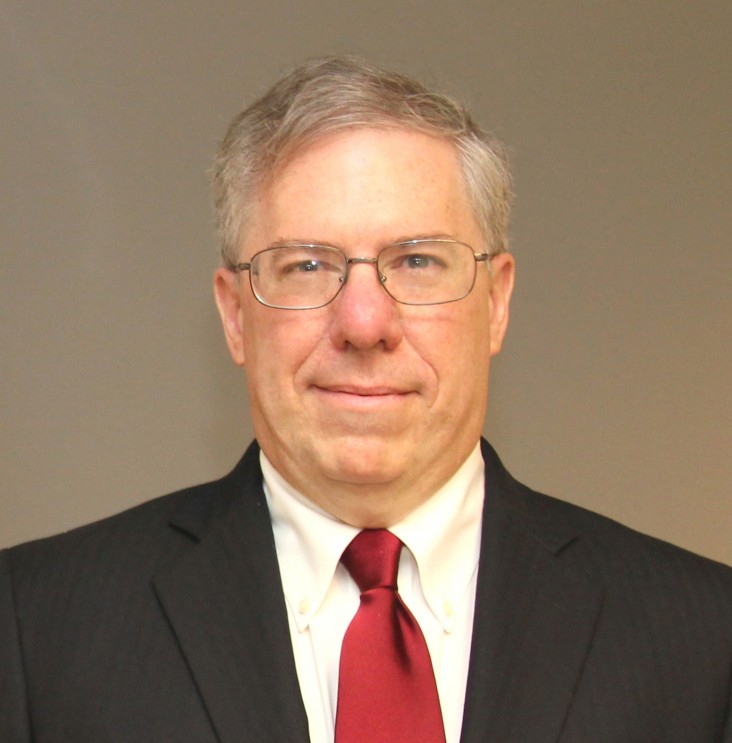
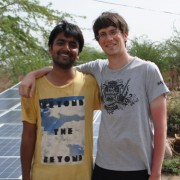
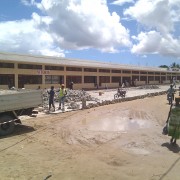
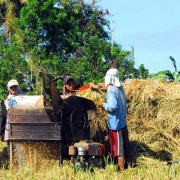
Comment
Make a general inquiry or suggest an improvement.